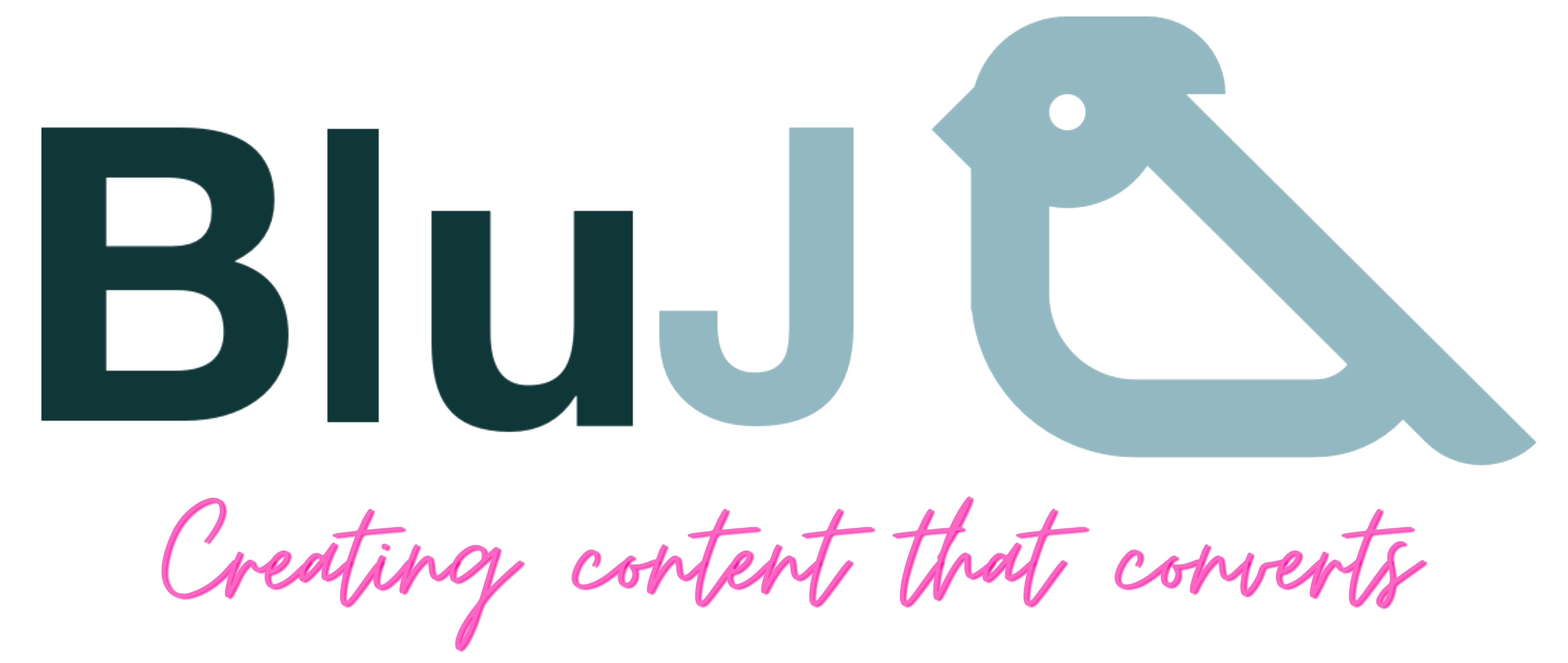
Sadly, when it comes to delivering a High Persuasive Performance and winning decisions, too many people make simple mistakes which cost them dearly. If you’re not careful, you could follow in their footsteps and end up falling well short of your goal.
But don’t worry – we’re here to help.
We’ve put together a list of the 4 most common mistakes – as well as easy-to-follow tips on how to avoid them.
Mistake #1 Engineering Smallness
Far and away the most common mistake people make is Engineering Smallness. We see it all too often – we’ve honestly lost count of how many people we’ve come across who have made this error and worst of all, most people don’t know they are doing it.
When delivering a High Persuasive Performance, you absolutely must lean into your feelings of exposure and vulnerability, be brave and take a leap of faith. There are very few examples of success, if any, where there has not been any emotional exposure, risk or uncertainty. This often translates to fears, like fear of failure and looking stupid. As a consequence to this, people start to protect themselves like armouring up with a stern demeaner, removing the emotion from things, closing their mind down to feedback and opportunities and in the worst case, hiding or running away (flight response). Over time people start to engineer smallness, like duck out of sharing that opinion, holding onto your ideas, turning blind eye on things you should be speaking up about, being ignorant, not being curious, finding excuses, not taking action, not asking a probing question, avoiding opportunities, lowering your standards, not having that difficult conversation, not creating goals, not committing to your goals and so much more.
Believe it or not, the most common reason for engineering smallness is based around a fear of what other people may think. What if I share my opinion and it upsets someone? What if I make a mistake – will people think I’m rubbish? What if I don’t achieve my goal, will I look like a failure?
The result of engineering smallness? What should be mountains of opportunities seized and decisions won, that drives your career, your business, your personal life forward is now a flat, stagnant grave of lost opportunities and decisions. You don’t get that job you want, you don’t get that pay rise you deserve, you don’t get the relationship you want, you don’t win that client, you don’t make that sale, you don’t win the dressing-room. Imagine missing that sale because you were not brave enough to pick up the phone or share your story.
If you are worried what people think of you when you try something, imagine what people think if you don’t try anything? A vanilla life without love, friendship, ambition, emotional connection is dull and uninspired. Your credibility is nil. We call this the cheap seats.
If you think you don’t do risk, uncertainty, emotional exposure, then I call Bullshit. We all do. You would have asked someone out on a date, been in love, have children, have a relationship, likely to go to work, bought a house, leased a car, played a sport, crossed the road. These are all things that have risk, uncertainty and emotional exposure. The difference is some are in your comfort zone and some are out.
To avoid engineering smallness when it comes to winning the decision you want, start with finding out and acknowledging your fears. Grab a coffee, a piece of paper and jot down some of the things you want to do and what fear is holding you back from doing them. Recognise the impact of the fear on your progress and delve into opportunities to be that little bit more bolder, braver and lean into it. Feel free to remain calculated, cautious, but move the dial.
If you are honest with yourself, which incidentally is one of the first steps of leaning into vulnerability, then the next 30 minutes could be one of the most powerful investments you have ever made.
Now decide and act: Stick or Twist?
Mistake #2 Believing persuasion is a negotiating event
Thinking a High Persuasive Performance is the final persuasive ‘event’ like a sale pitch or an interview is another common mistake, and is right up there with engineering smallness in terms of the amount of missed opportunity, time and money it will cost. It’s such an easy mistake to avoid, but it happens WAY more often than it should. Granted you will want to perform well in these scenarios and they are often to calumniation of days, weeks even months of preparation, so they are a big deal, it is the tip of the spear in terms of winning a decision but this is not where a High Persuasive Performance starts and ends, in fact you should consider High Persuasive Performances as infinite, it’s everywhere, all of the time.
Much like being a High Sports Performer, the match or the shot on goal or the rugby try is only a small snap-shot of the entire performance. High Performance is pushed way back before the match and covers practice, diet, training, mindset, lifestyle, strategy, tactics to name a few and life continues after the match covering cool-down, press-releases, rest and so much more. A High Sports Performance is a process and a High Persuasive Performance is not different. It is not just the pinnacle of the build up when you have your interview, because if you win that decision, you have to win hundreds of other decisions thereafter like your wage negotiation, meeting your colleagues, performing at work, leading by example, gaining the trust of your peers. High Persuasive Performance does not mean a transactional, cold decision won because this has consequences. Never forget that good and bad persuasive performances reverberate and ripple like water. Believing in order to deliver a High Persuasive performance and win the decision you want you need to be the most powerful in the room and your approach is telling and not showing, it is dictatorial, demanding and transactional, and some people react in fear, which needless to say then this leads to a cold, selfish and blind perception, can significantly damage trust and rapport and people start armouring up in front of you. You lose support, engagement and most commonly the decision you want.
There was an old railway Trainer who carried a baseball bat around in his class that he called the ‘persuader’. Needless to say this was a joke and often broke the ice, but some people actually persuade like this.
You can avoid this by remembering that a decision is won by following a High Persuasive Performance process. Our process is called the Value-telling Blu-print. Consider each persuasive effort as an opportunity to impress and secure buy-in, consider all interaction as a collaboration, an opportunity to consult. Make sure you have pit-stops and pause for thought, reviewing your progress and make adjustments to your course.
In a lot of our persuasive training we liken a High Persuasive Performance to a rugby match when it is rare you grab the ball and run through all of the players to the try line. It’s spectacular when it happens, but it is rare and rugby players most commonly hit walls, but what they do each time is try and move the ball forward. We have found this is a great analogy when trying to inspire, influence and persuade people to make a decision you want. Getting over the try line is the decision win. A good exercise is to try and write down key milestones on your decision journey, like a decision winning timeline which can be things like when will you start populating your Empathy Map and identify Win Themes, when you will you collate content and examples of the great things you do, identify small measures and objectives, like how many testimonials can I get from my clients. The solution here is to build a strategy and tactics.
Mistake #3 Thinking you’re too busy
This mistake might not be as common as the first two we’ve outlined – but that doesn’t make it any less harmful. In fact, it could be the most costly out of the three – an error that could see you throw away thousands of pounds and hours of your time and leave you further away from achieving your goal than when you first started.
Another main reason why a High Persuasive Performance never starts and decisions are not won is because the journey is never started, not because of fear, like when Engineering Smallness, but because people are too busy and do not see it as an immediate priority. You may have overheard people say, or you may have even said it yourself; I can’t start that project right now, I’ve got too much on. I don’t have the capacity for more stuff, sorry. Now I have been in this position before, feeling overwhelmed with things to deliver and achieve with really tight deadlines. I know this can happen, but for most people the answer lies in picking the right priority, setting boundaries and managing expectations. Easier said than done, but let me give you a few insights and ways to avoid the mistake
Delivering a High Persuasive Performance to win decisions is an infinite game, a way of life and an inevitable process, it is not a project or an initiative. Much like claiming you are too busy to eat, sleep and exercise, it is a false economy, you become weak, tired, unhealthy and function below par. The problem starts to compound if you continue to do it for too long, it’s like a slow stacking of consequences over time takes you to a position you don’t want to be. It can even cause bad habits and behaviours that are not conducive with High Persuasive Performances and are tough to break, like I am going to eat that cake, I’ve worked hard all day, had no lunch and I’m too tired to cook. I deserve it. This type of emotional eating is a tough nut to crack. This can happen with decision winning. For example; I know my biggest client is due to re-issue a Tender in the next few months, but I’m so overwhelmed with the amount of emails I get, I can’t get out of the quagmire. I hate to think I may miss something, I must leave everyday with an empty inbox. I will have to be reactive to the bid when it lands, I’m way too busy. Needless to say, reacting last minute and trying to deliver a bid to your biggest client unprepared is counter-productive right!
This begs the question: Are you investing your resources, like time and energy on the right areas?
I read somewhere that F1 races can be won in the Pit-stops and as an F1 fan, I have seen this happen and believe it. I believe this can also apply to our personal lives and success can be won in the Pit-stops, where you take five to reflect, we call this a Pause for Thought. It can be a quiet cup of coffee before the world wakes up or a 10 minute walk at lunch time to clear your head. Our advice is do just that to start with, be assertive and brave and find 10 minutes to Pause for thought and ask yourself if you are spending your resources in the right areas? We sometimes like to re-frame this question and ask: What horse are you backing, because it’s pointless backing them all.
Here are some other similar questions to ask yourself that may be helpful:
- What are the low yielding tasks you should stop, delegate or contain?
- What are the highly leveraged activities you must do?
- What activities give you the most, predictable return on your time?
- What are you doing to work ‘on’ you or your business and not ‘in’ it?
Once you have the answers to these questions, take action and allocate protected time in your diary.
TIP: Make a list of all of your activities and your to-do-list and start labelling each task with one of the below labels and then focus on the top ones first, find someone competent to delegate your other tasks to if you can and simply delete the last tasks.
- Must Do
- Should Do
- Nice to Do
- Delegate
- Eliminate
Let me tell you, if you are spending too much time on low yielding activities, your investment of time and energy is doomed and you will continue to feel overwhelmed. If you spend it on high leveraged activities, like revenue-producing activities or decision winning activities, like scheming and plotting, setting goals, targets and offers, identify win themes, capturing content, building rapport, networking, inspiring, influencing, persuading you will be much more effective.
Mistake #4 Going to alone
While not as costly as thinking you are too busy, this one can still have serious consequences.
Believing you can achieve a High Persuasive Performance and win all the decisions you want on your own is a mistake. Firstly, thinking you can go it alone may be linked to Engineering Smallness, so it’s worth checking in with yourself on this one and ensure this perspective is not a self-protection mechanism. Secondly, most decisions require a another party (the decision maker), so unless you are inspiring yourself, going it alone is not an option. Tough for all the introverts out there, but let’s get through this together.
Now, setting goals, trying to build a plan, capturing content and sharing your stories can be a slow road to travel down. You can also find yourself down some dead-ends and learning unforced lessons that other people in your network will have already learnt.
Two heads are better than one, right! In a world of important movements linked to equality, inclusion and diversity, the opportunity and importance of understanding a broad range of insights and perspectives will super-charge your High Persuasive Performance. Grab hold of these people, friends, family and ask them questions, get their insights into your ideas and help them shape something much more potent. We have seen a dramatic increase in companies setting up Win Themes related to equality, diversity and inclusion, social value, sustainability and much more and in turn capturing huge amounts of content that demonstrates their support and collaborative efforts with these communities.
Here is another cheesy cliché, but it fits here: Teamwork makes the dreamwork. Building teams to deliver a High persuasive Performance and win decisions collectively will generate a huge amount of momentum and opportunity. Imagine tens if not hundreds of people capturing focused, compelling content of the great things the company does to later be converted to a supersonic, insightful Tender. I will talk later about how content has a critical mass. Start small with a small group on WhatsApp, a questionnaire, a social media group, networking on LinkedIn, phone a friend. You are surrounded by people who have experiences, learnt lessons you don’t have to. Use them.
A great way to validate your capability and credibility is through peer reviews, feedback, testimonials to name a few. If a third party stakes their reputation and claims you can do great things, this is a powerful thing.
If you liked this blog and keen to learn more about how to inspire, influence and persuade someone, then you may be interested in our FREE eBook. The information you will read will help you consistently deliver High Persuasive Performances and win the decisions you deserve while making sure you avoid failure, missed opportunities and, appearing incompetent. Check it out here: https://blu-j.co.uk#ebook
By the time you’ve finished reading, you’ll have all the information you need to kickstart your journey to success and delivery High Persuasive Performances.






